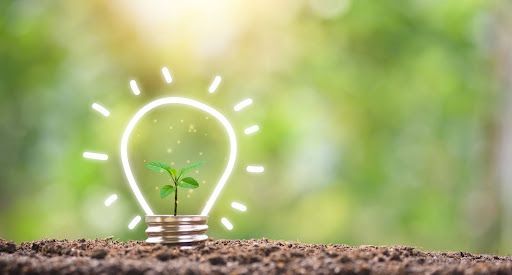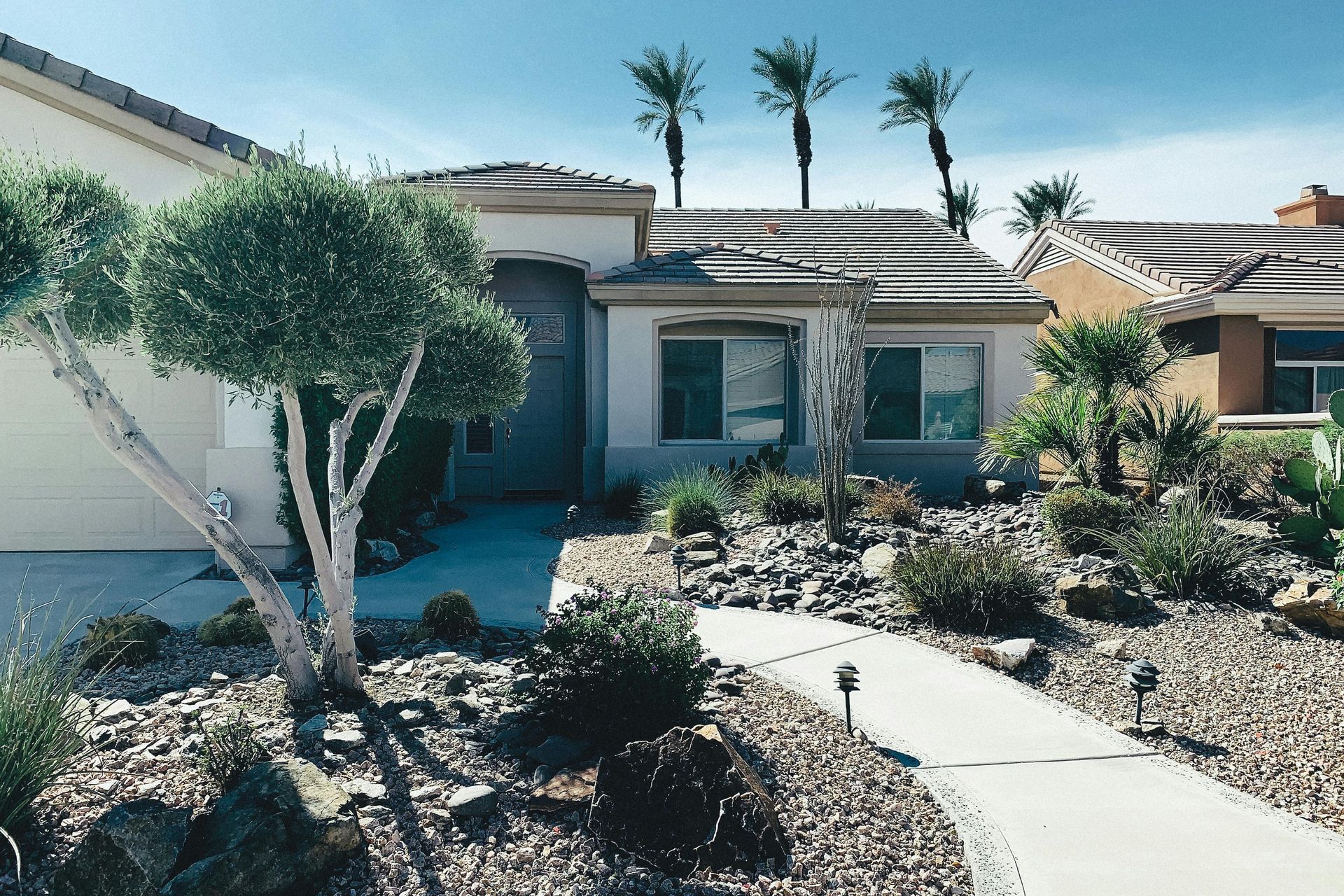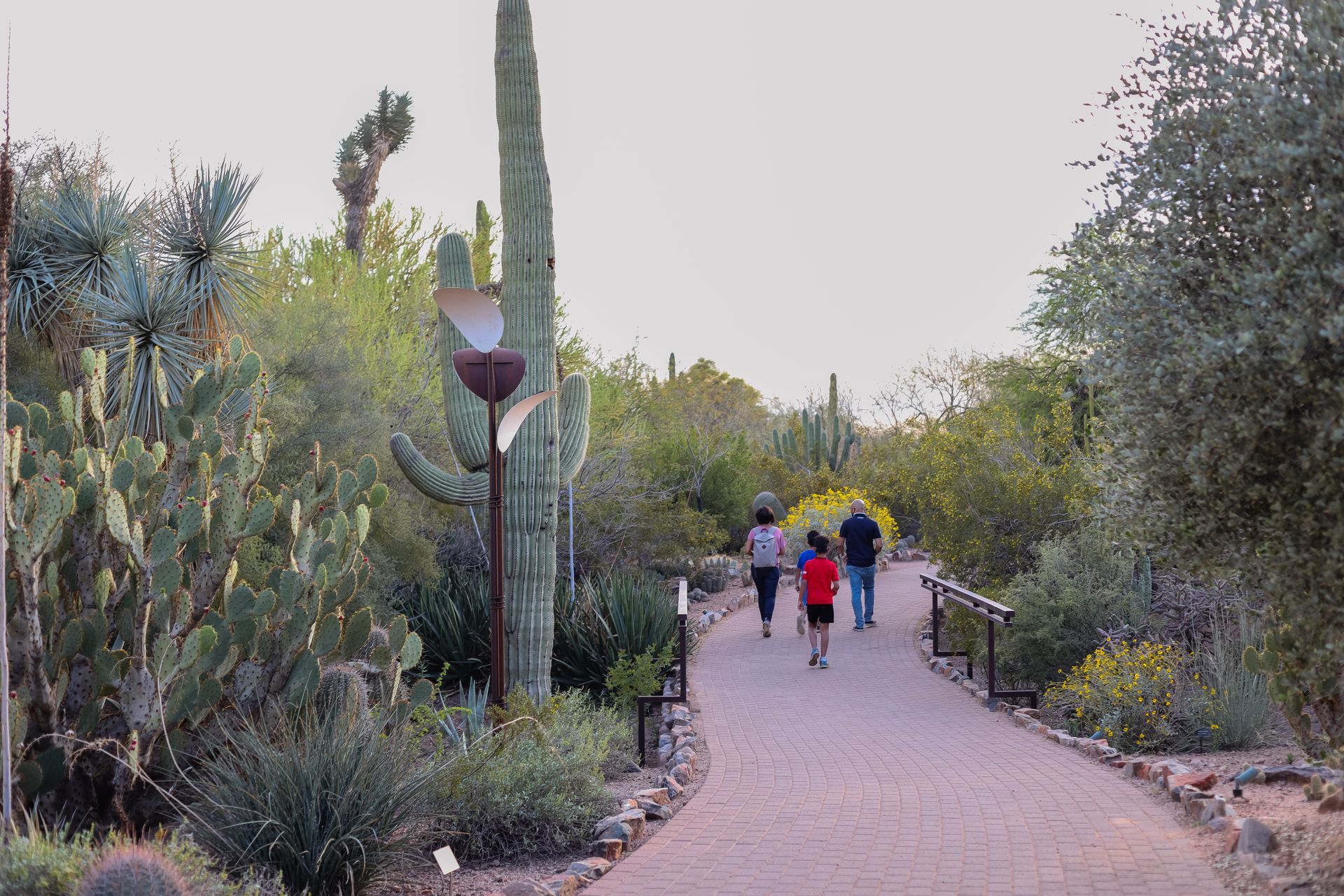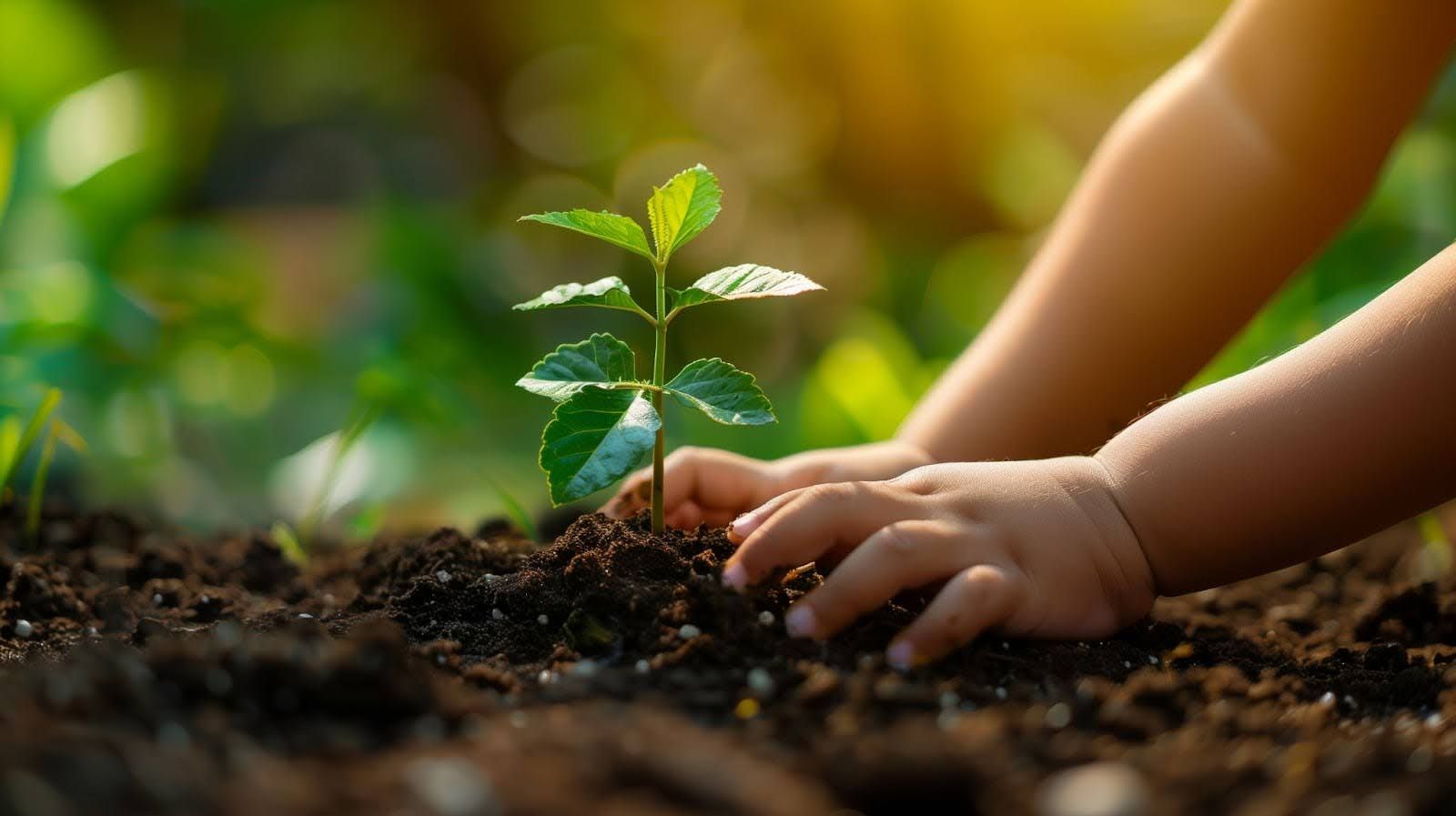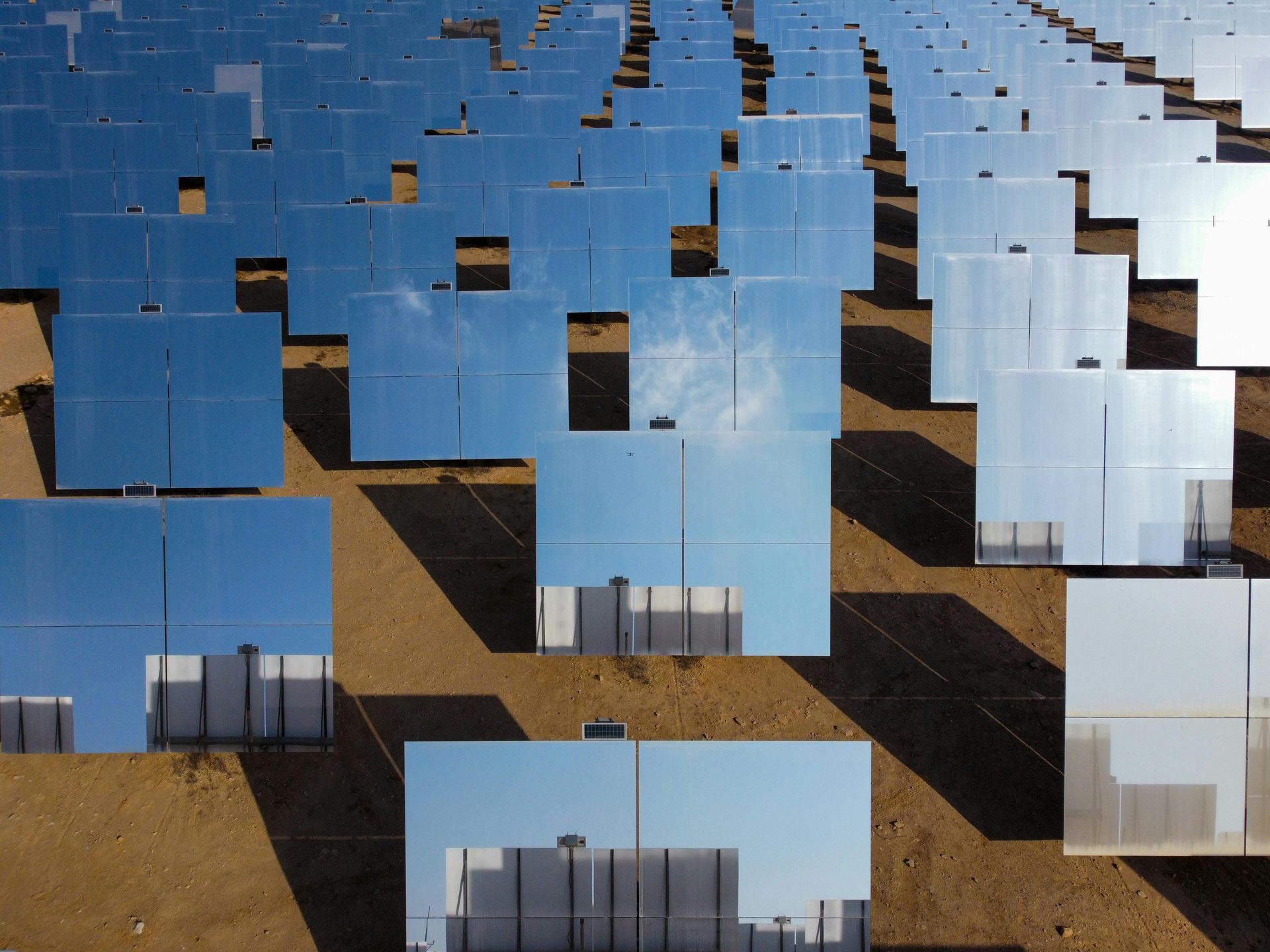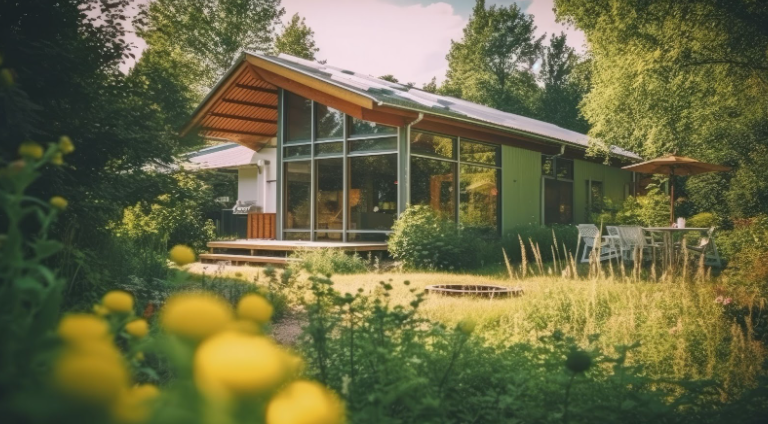Green Thumb, Dry Climate: Water Conservation in Your Garden
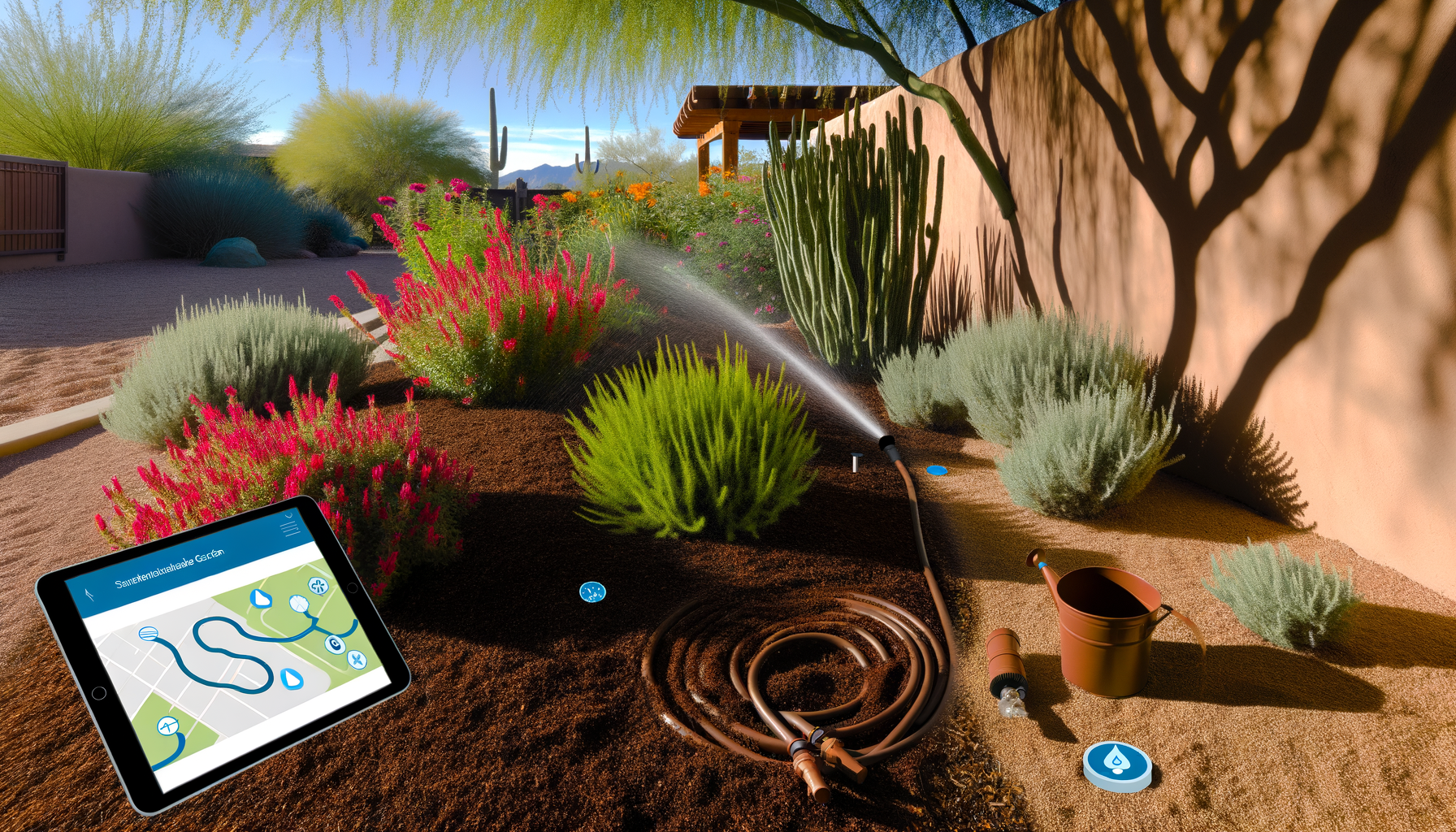
Gardening in areas with dry climates presents a unique challenge: how to maintain a lush, thriving garden while conserving water. This is especially important in times when water resources are limited. Understanding how to effectively use water in your garden without wasting this precious resource is key. From selecting drought-resistant plants to employing water-saving irrigation methods, you'll learn how to create a beautiful garden that flourishes even in dry conditions, all while contributing to water conservation efforts.
Understanding the Local Climate and Its Impact on Gardening
In Arizona's vast desert landscape, characterized by long periods of drought and minimal rainfall, cultivating a lush garden can seem like a daunting task. Mastering the art of gardening in such a dry climate requires an understanding of both the benefits and challenges presented by the environment. A major concern in this region is the conservation of water—a precious and often scarce resource. As environmentally-conscious residents of Phoenix, Scottsdale, and Cave Creek strive to maintain their gardens, water conservation becomes not just a choice but a necessity for responsible stewardship of the local ecosystem.
The Characteristics of a Dry Climate
Residents of the Phoenix area are no strangers to the harsh sun and the sparse rainfalls that define the climatic rhythm of their home. This climate puts stress on both native and cultivated plant life, often leading to increased water usage to keep gardens alive. Adopting a conscious approach to gardening can mitigate the need for excessive water use while respecting the natural limitations of the area's water resources.
The Ecological Significance of Water Conservation
Water conservation is about more than just saving on utility bills; it's integral to the health of the local environment and the wider world. Minimizing water use in gardens helps to preserve this valuable resource for the future and supports the delicate balance of the local ecology. By using water wisely, Scottsdale and Cave Creek residents contribute to a larger movement of sustainability that is rooted in the well-being of their surroundings.
For more detailed information on Arizona's climate and water restrictions, readers can refer to the
Arizona Department of Water Resources.
Smart Irrigation Methods
One of the cornerstones of dry-climate gardening is the implementation of smart irrigation methods. Drip irrigation systems are a fantastic investment for any desert gardener. By delivering water directly to the base of each plant, these systems minimize waste and ensure that water is used in the most efficient way possible. Planning your watering schedule carefully to coincide with the cooler parts of the day reduces evaporation, meaning that every drop goes further in hydrating your plants.
Innovative gardeners have taken water management a step further by integrating soil moisture sensors and automatic timers into their irrigation setups. These tools provide real-time data on soil conditions, allowing gardeners to adjust their watering schedules to the precise needs of their plants, conserving water while maintaining plant health.
Reusing gray water—recycled from domestic use—and harvesting rainwater when possible are excellent strategies for reducing reliance on the municipal water supply. Not only does this practice align with sustainable living, but it also promotes a cycle of reuse that is beneficial for your garden and the environment at large.
Drought-Resistant Plants Suitable for Arizona
Choosing the right plants is an essential component of water conservation in your garden. Xeriscaping, or landscaping designed specifically to minimize water use, is particularly relevant in Arizona. This practice involves selecting plants that are naturally adapted to arid conditions. These plants require less water and are more likely to thrive in the desert climate.
A curated selection of native plants, such as the vibrant Penstemon or the hardy Mesquite, can enrich your garden's ecosystem without straining water resources. Non-native, but drought-tolerant, varieties also provide gardeners with a broader palette to work with. Arranging these plants in a way that utilizes natural shade and wind barriers can further enhance water efficiency.
For enthusiasts eager to explore a comprehensive list of drought-resistant plants that will flourish in the Phoenix area’s climate, a resource like the
Arizona Municipal Water Users Association Plant List can be an invaluable guide.
Soil Amendment Techniques to Retain Moisture
One of the critical strategies for gardening in Arizona involves preparing the soil to maximize water retention. The texture and composition of the soil play a significant role in how well it can hold moisture. For the eco-friendly residents of the Phoenix area, understanding and amending soil can be a game-changer for water conservation. Organic matter, such as compost, can significantly improve soil structure, allowing it to hold water more effectively and for longer periods, therefore reducing the need for frequent watering.
Mulches, whether organic or inorganic, help in minimizing evaporation by providing a protective layer over the soil surface. By reducing water loss, mulches not only conserve water but also help maintain a consistent soil temperature, benefiting plant roots. The practice of soil aeration, by creating small holes in the soil, allows water to penetrate deeply and reach plant roots more effectively, reducing surface runoff and the need for supplemental water.
Design Strategies for Water Conservation
Designing a garden with water conservation in mind involves more than just selecting the right plants. Creating shade using trees or architectural features can drastically cut down the amount of water needed, as shaded areas lose less moisture. Strategic positioning of garden beds, including the use of vertical spaces, can also play an integral part in water-saving efforts. Incorporating hardscapes, such as rocks and gravel, reduces the total area that requires watering and maintenance, thus further conserving water.
For the environmentally-conscious community in Scottsdale and Cave Creek, these practices not only support a sustainable lifestyle but also enhance the aesthetic appeal of their outdoor space, providing a beautiful yet practical setting that resonates with their values.
Maintenance Practices for Water-Efficient Gardens
Regular maintenance is key to ensuring your garden remains a water-conserving oasis. Monitoring and fine-tuning irrigation systems, whether it's replacing leaky hoses or adjusting sprinkler heads, prevent water waste. Pruning and weeding, seemingly simple tasks, can have a significant impact on your garden's water efficiency. Removing weeds prevents them from competing with your plants for water, and proper pruning encourages healthier, more drought-resistant growth.
As the seasons change in Arizona, so should your gardening routines. Adjusting for seasonal precipitation and temperature variations is essential in maintaining an efficiently watered garden throughout the year. These adjustments are part of a proactive approach that resonates with the preservation-minded individuals and families who take pride in contributing to their community's sustainability efforts.
The Role of Technology and Innovation in Water Conservation
In our technologically driven world, advancements in garden tech offer novel ways to reduce water usage. Smart home irrigation controllers are one such tool, providing precise control over watering schedules that can be managed right from a smartphone or tablet. Apps dedicated to gardening and water conservation can provide reminders and tips tailored to the specific needs of a garden in a desert climate.
The Phoenix area community can avail themselves of various resources and incentives designed to encourage water-saving practices. From rebates for installing water-efficient systems to educational workshops on sustainable gardening, these initiatives support the residents' commitment to preserving Arizona's natural resources.
Embracing these technologies and resources allows for a blending of traditional gardening practices with cutting-edge innovations, facilitating ease of maintenance and efficiency that supports a thriving garden landscape while upholding environmental responsibility.
Embracing water conservation in your garden is more than a hobby; it's a commitment to sustaining the unique and beautiful landscape of Arizona. The practices highlighted in this article provide a roadmap for residents of Phoenix, Scottsdale, and Cave Creek to garden in a way that is in harmony with the dry climate. By adopting smart irrigation methods, selecting drought-resistant plants, and employing soil amendment techniques, gardeners can create an attractive outdoor space that is both water-efficient and environmentally friendly.
The use of technology and community resources further encourages the incorporation of water-saving practices into the gardening routine. As advocates for ecological responsibility, we all play a role in ensuring the sustainable future of our local environment. It is the collective effort of our actions, such as water conservation in gardening, that contributes significantly to the preservation of our shared natural resources.
If you love gardening in a dry climate, consider exploring sustainable options to conserve water. Contact
Danijela Quenzler to learn water-efficient gardening techniques that will keep your garden flourishing while conserving this precious resource.
